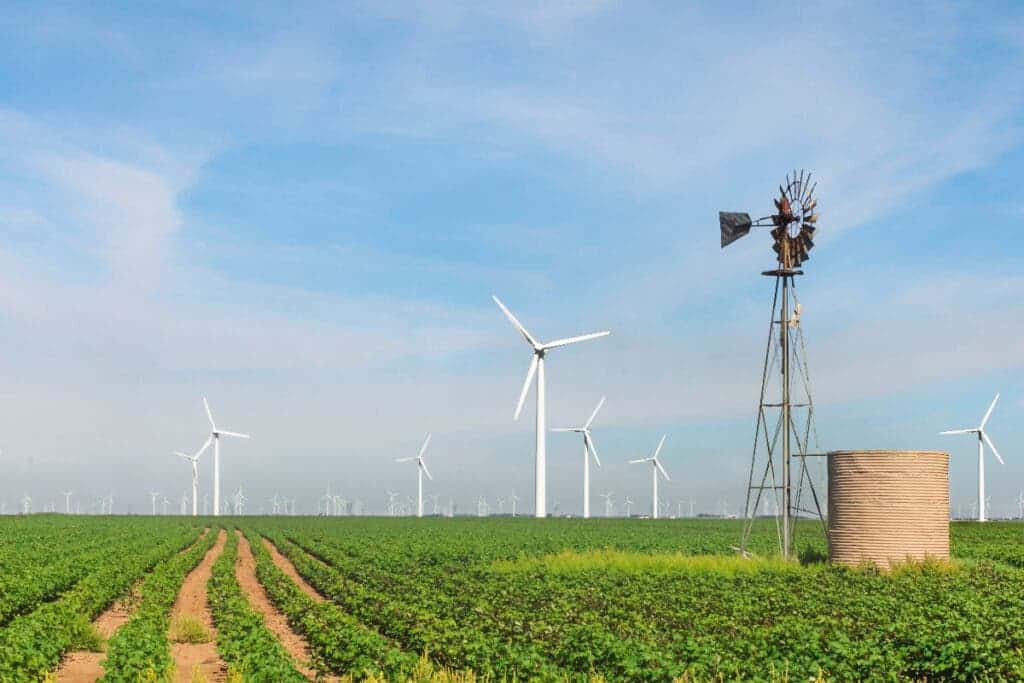
The U.S. power grid recorded a historic first on March 29. On that day, the U.S. Energy Information Administration (EIA) reported, wind power exceeded both coal and nuclear energy for the first time for a period of over 24-hours.
It’s an important milestone that should give great pride to the Americans who’ve worked to adopt, implement, and install wind capability throughout their country. In the current context of energy uncertainty and rising costs of fossil fuels, such developments also point the way towards a less stressful future for us all.
Winding up
The U.S. has been making substantial progress when it comes to new wind installations. Around 13.9 gigawatts of new wind capacity was added in the country in 2021, just slightly less than the record 14.2 gigawatts installed in 2020. All those new installations are now feeding the grid with a lot of clean energy.
Seven of the top 10 days by total wind power generation in the last 5 years have occurred this year, in the first three months of 2022, according to the EIA. The other three were recorded in 2021. All in all, wind power has grown from representing 0.1% of the U.S. annual power output in 2000 to over 9% in 2021. The spike that allowed it to overcome the output from coal and nuclear plants came from states in the Great Plains. Southwest Power Pool, the regional grid operator for 14 states in this area, reported on March 29 that renewables accounted for 90% of its electricity production, with wind energy making up most of that power.
“In a decade’s time, our region has gone from thinking of 25% renewable-penetration levels as nearly unreachable to a point where we regularly exceed 75% without reliability concerns,” SPP Senior Vice President of Operations Bruce Rew said in a statement. “We’re able to manage wind generation more effectively than other, smaller systems can because we’ve got a huge pool of resources to draw from.”
Still, this achievement did have a few factors helping wind along. Spring and fall are, traditionally speaking, the times of the year where electricity demand wanes slightly, so producers use these seasons to perform maintenance on power turbines; this, naturally, leads to lower outputs from sources such as nuclear or coal plants. March is also one of the windiest months in the northern hemisphere, which helped increase the output of windmills throughout the U.S.
All things considered, however, wind energy managed to stay in 2nd place as far as sheer electricity output is concerned for over 24 hours. The number one spot was taken by natural gas, which has been the top source of electricity in the United States since 2016.
Although the advancements made by renewable energy in the U.S. are definitely encouraging, there is still much work to be done if the country is to hit its net-zero emissions by the midcentury pledge. Low-carbon and carbon-neutral generation sources accounted for 42% of the power used in the United States last year, so, essentially, such capacity needs to double in two decades for that pledge to be fulfilled.
One of the main hurdles toward that target that the U.S. is facing now are interconnectivity and supply constraints — in essence, allowing energy from one point to flow to another, and increasing storage capacity, to make sure that energy is efficiently and reliably distributed throughout the country, no matter where it is being produced.






